Not sure where to start?
Answer a few simple questions and we’ll direct you to your perfect bed.
Enable notifications to get the best news on sales and special offers
Choosing bunk beds for kids can be a great option to save and maximise space in their bedroom. Most parents, however, are quite anxious to ensure that this still remains the safest sleeping solution for their child. In the past, these beds could have been a hazard for children, since there were no safety regulations in place. Today, kids’ bunk beds are safer thanks to special regulations and precautions.
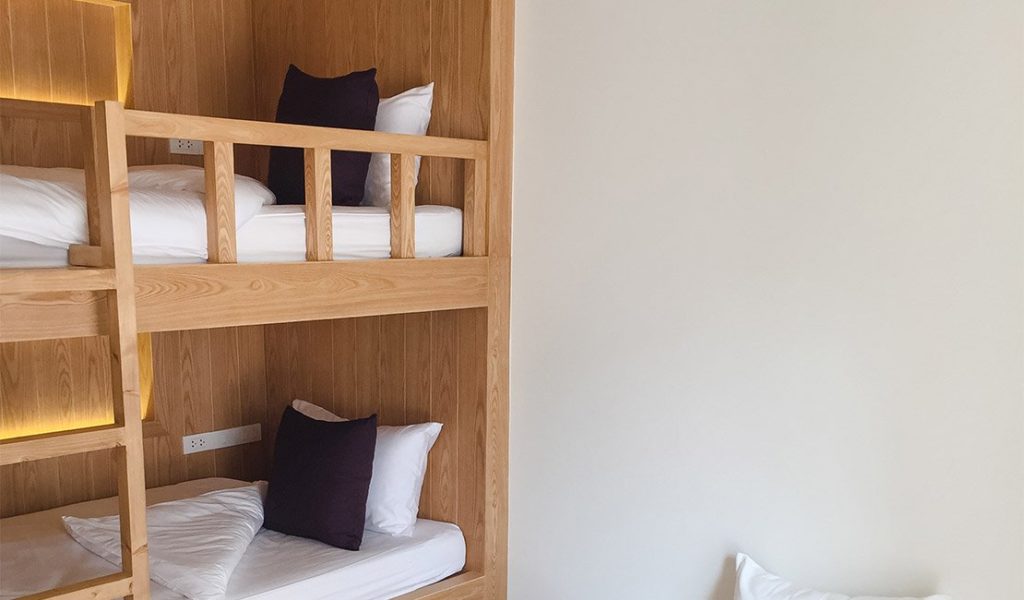
As a bedding and bedroom furniture expert, The Mattress Warehouse has sought out to provide you with the most accurate info on the safety measures for bunk beds. Hopefully, this will put your parent-heart at ease knowing your little sprout is tucked away safely in their bunk bed!
Metal bunk beds may dent and rust as the years go by if not properly taken care of. Children jumping on a metal bed may result in the bed frame bending and becoming wobbly. This, however, does not mean that these metal bunk beds aren’t safe. Proper cleaning of the metal and not jumping on the bed will guarantee this sleeping pod to last you through the years.

Not all bunk beds come standard with guardrails on each side. Children may roll over in their sleep and fall onto the floor if there are no guardrails installed or if guardrails are installed incorrectly.
To prevent this, securely fasten guardrails on either side of the bed. It is recommended that guardrails, standard or custom installed, extend from 12cm above the mattress. Furthermore, the vertical spacing between rails should be no less than 9cm.
Cross ties are diagonal slats at the base of a bed that supports the mattress. Be sure that all cross ties are firmly secured on each side along the base of the bed. Remember, this base refers to the part of the bed that’ll hold the mattress high up in the air. This ensures proper mattress support to prevent the bunk bed from collapsing on the lower bunk.
To ensure the safety of your children climbing in and out of bed, securely fasten the ladder on the side of the bed at the designated ladder-opening. This place of entry should be easily accessible and the ladder should be sturdy enough to carry the weight of your child.
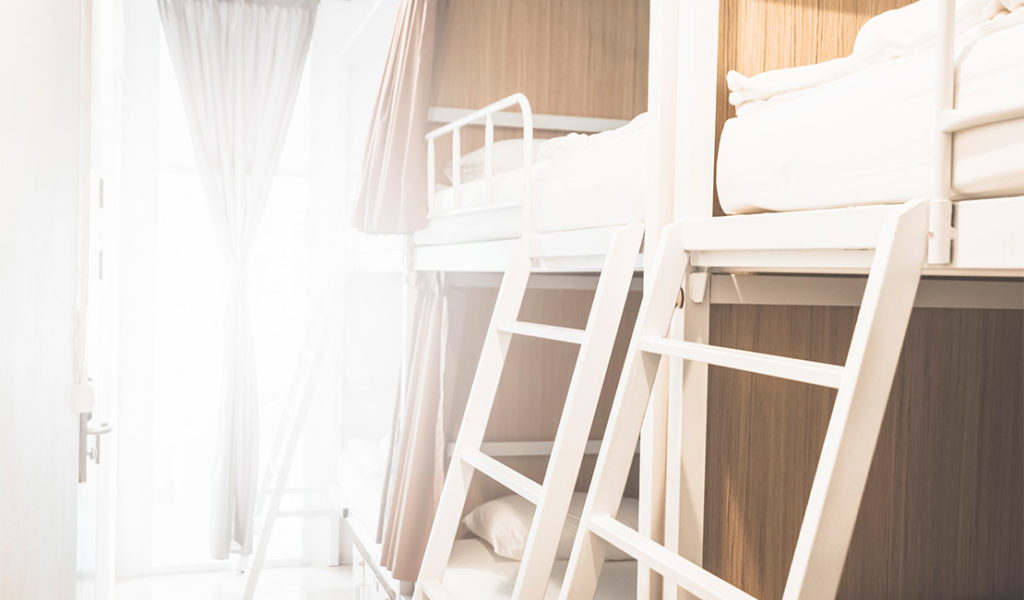
Before you or your child get into a bunk bed, inspect all key structure points to ensure that the bed is stable and secure. Key structure points typically lie at the corners of the bed where the feet and bed base are attached. Check to see if the ladder is securely fastened and the frame is stable.
Set some ground rules for your children when it comes to how they use their bunks.. Most injuries occurring on these beds happen due to children falling off when they’ve been rough playing on the top bunk.
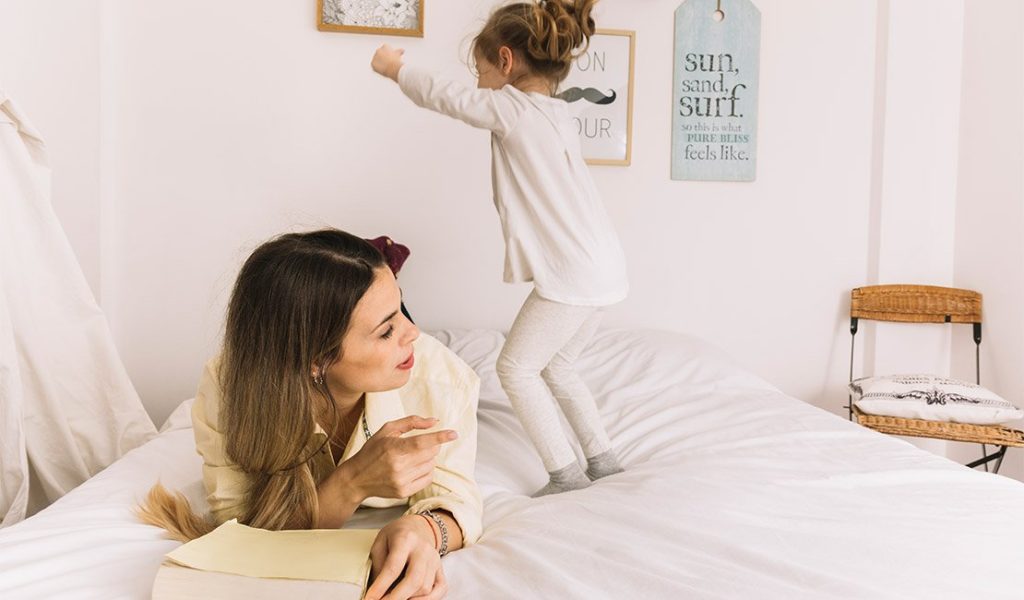
Like we’ve mentioned before, make sure that the person sleeping in the bunk bed’s weight is less than the specified weight limit. Any more than that will put a strain on the structure of the bed and may cause risk to those sleeping in and under it.
As a parent, you can ensure further bunk bed safety by installing a night light close to the bed. Make sure that your child can access the switch while they’re laying in bed. This way, they never have to get in or out of bed in the dark.
It is not recommended that children under the age of six sleep on the top bunk of the bed. Therefore, it is also not safe for toddlers or very young children to sleep on the top of the bed.
Bunk beds have specific weight limitations that some adults will exceed. It is not advised that you sleep on these beds if you weigh more than the recommended weight limit. The structure is created to support up to a certain weight. Anything more than that may cause the structure to fail and collapse.
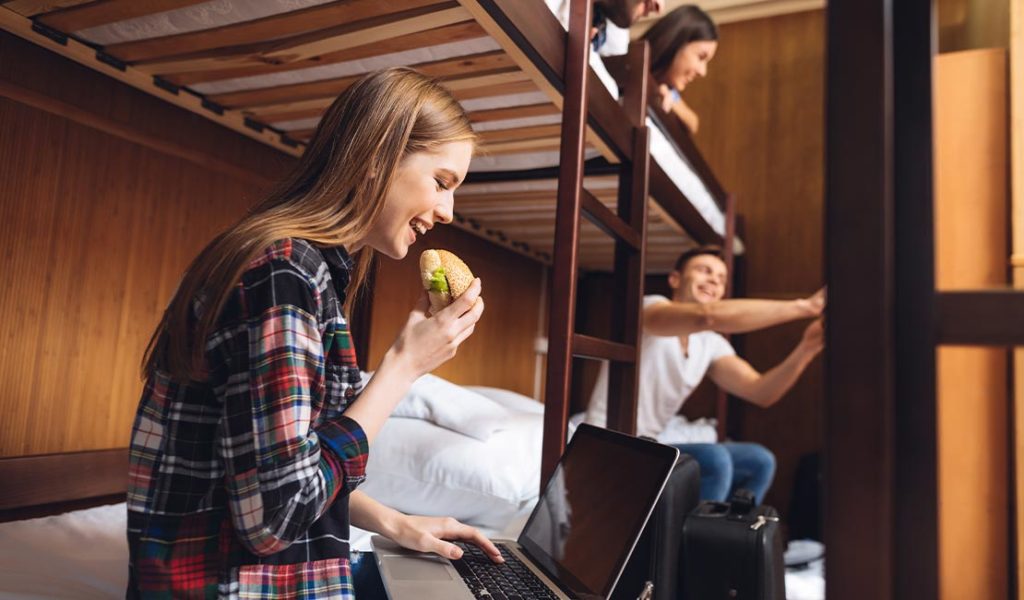
However, adults weighing less than the weight limit can soundly sleep on these beds. Adults that weigh under the weight limit of the bunk bed can soundly sleep on the bed.
The odds of a perfectly fine bunk bed collapsing are extremely low. Manufacturing experts ensure that this is the case by following meticulous structural testing and procedures since this is a parents’ worst fear.
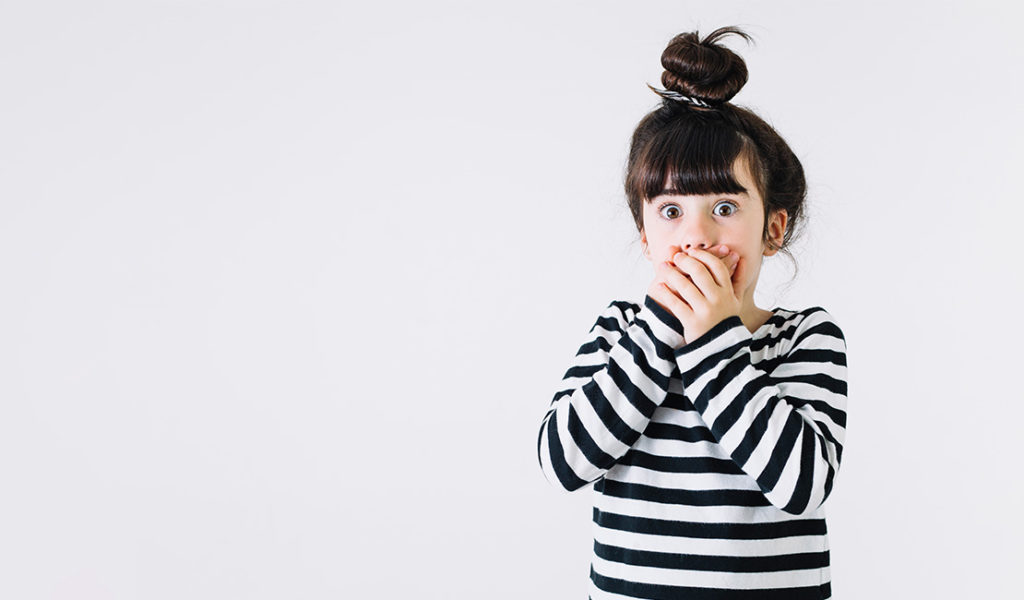
However, a bunk bed can collapse if you allow the misuse of it in your home. This means children jumping and climbing on the structure and, eventually, weakening it to the point of collapse.
Now that you know the ins and outs of bunk beds for kids’ safety; you can restfully get your little one their own! We have a wide range of bunk beds available for you and/or your child to choose from.
Feel free to contact our friendly sales team if you’re in need of some more safety tips and advice on our bunk beds for sale. They’ll be more than happy to provide you with details and specifications of safety measures put in place with these beds.
Mattress Bed Base Essentials
Make Your Bed: Tips for a Hotel-Worthy Bed
High-Quality Mattresses: Invest in Your Sleep
Sleeping in Elegance: The Allure of Leather Headboards and Frames
Mattresses for Different Sleeping Positions
Bedding Trends: Patterns, Colours, and Fabrics for Every Season
Pillow Talk: Finding the Perfect Pillow for Your Sleeping Style
Tracking Your Sleep: Improving sleep quality
Creating a Cosy Bedding Ensemble: A Guide to Duvet Covers, Inners, and Sheets
The mattress buying guide: Price, Quality and Comfort
Mattress Bed Base Essentials
Make Your Bed: Tips for a Hotel-Worthy Bed
High-Quality Mattresses: Invest in Your Sleep
Sleeping in Elegance: The Allure of Leather Headboards and Frames
Mattresses for Different Sleeping Positions
Bedding Trends: Patterns, Colours, and Fabrics for Every Season
Pillow Talk: Finding the Perfect Pillow for Your Sleeping Style
Tracking Your Sleep: Improving sleep quality
Creating a Cosy Bedding Ensemble: A Guide to Duvet Covers, Inners, and Sheets
The mattress buying guide: Price, Quality and Comfort